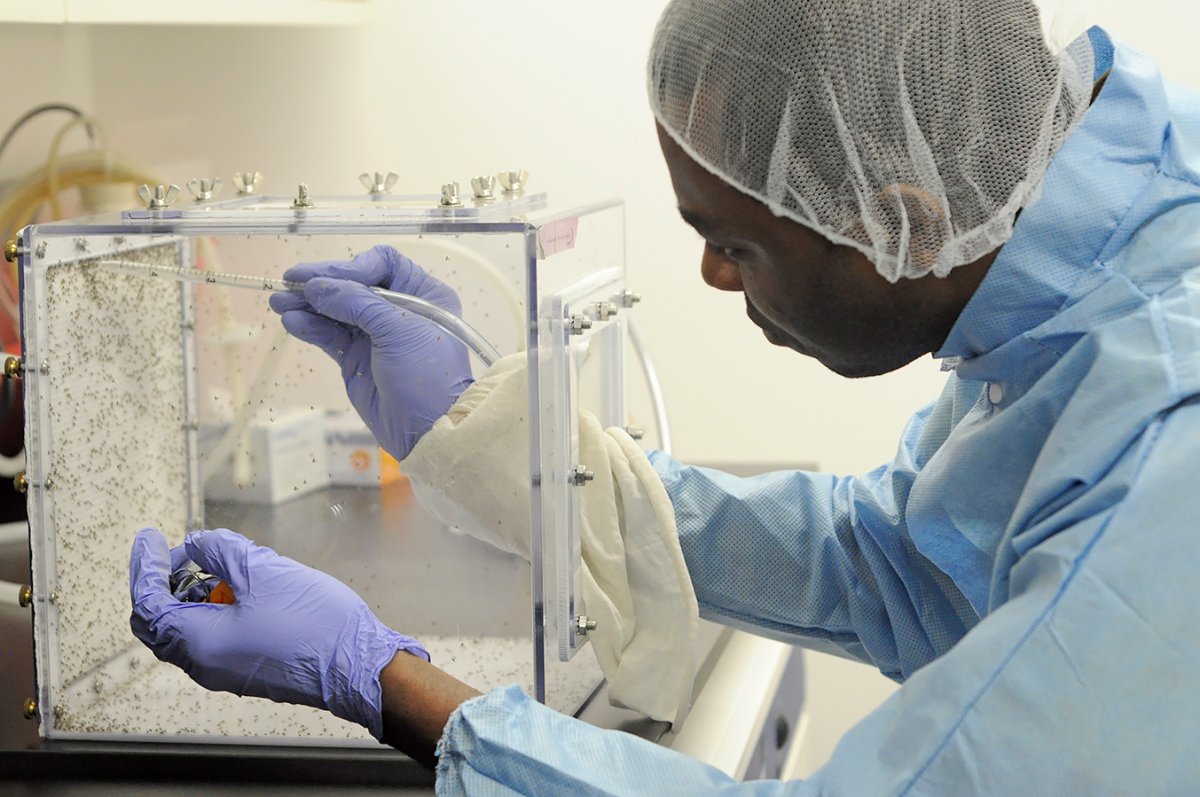The University of Calgary is breaking new ground in the fight against Leishmaniasis.

Leishmaniasis is a disease not local to Calgary, but is widespread in tropical areas popular with tourists.
It is transmitted through the bite of a sandfly and can appear in three forms, with varying degrees of severity. Visceral leishmaniasis has symptoms including fever, weight loss and enlargement of the spleen and liver. It is fatal in 95 per cent of cases if left untreated.
Cutaneous leishmaniasis has symptoms including skin legions and ulcers and can result in life-long scars and serious disability.
A third form of the disease, called Mucocutaneous leishmaniasis, can lead to partial or complete destruction of mucous membranes in the nose, mouth and throat.
The World Health Organization estimates that it kills 30,000 people a year across the globe.
Researchers at the university in Calgary have opened a high-containment insectary to study the disease.
The professor leading the research said, though the number of leishmaniasis cases in Calgary are few, the work Calgary researchers are doing is important.
“If you study only those diseases that hit close to home then you’re probably missing a big part of the picture in terms of how these insect-transmitted diseases work,” professor Nathan Peters said.
Peters said leishmaniasis is not as well-known as West Nile or Lyme disease, but there are about a half dozen cases a year in Calgary.
“People who have gone down to central or South America – maybe they’ve spent some time in the jungle – and they come back and everything’s fine for a little while, and then they’ll develop a nodule or something on their skin,” he told 770 CHQR.
He said his team will infect sand flies with leishmaniasis to learn more about the transmission of the disease.
Once the flies have been infected, researchers must wait 10 to 14 days for the disease to mature inside the sandfly. Once that happens they’ll allow mice to be bitten by the flies.
“The reason why we have a sandfly insectary, rather than just using a needle to initiate this … is that the transmission of the parasite by the sand fly really changes the course of infection and changes the disease,” said professor Nathan Peters.
“The field has kind of realized that if we don’t study the disease in the context of this natural physiological sandfly transition, we’re missing a lot of the pieces,” he added.
Peters said the lab’s focus is on inflammation.
“We’re looking for changes in the skin and those can start to show up very early – within a few days – or it can take weeks,” he said.
He said he expects it will be about four to six months before they can properly draw conclusions from their results.
There is currently no vaccine to protect against leishmaniasis and the disease can be fatal.






Comments